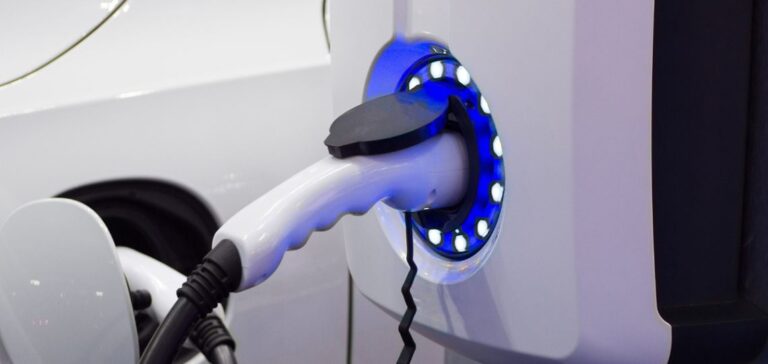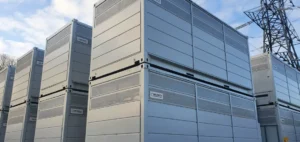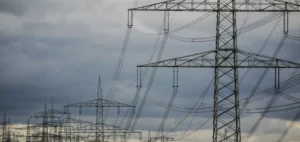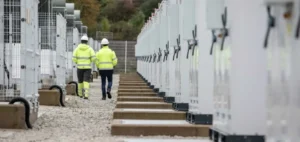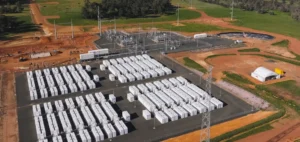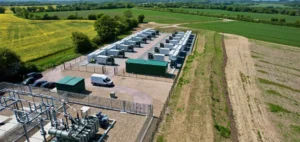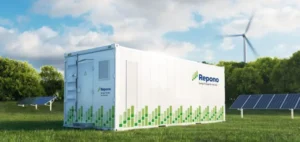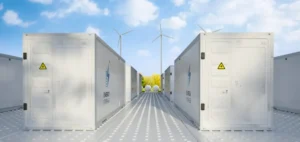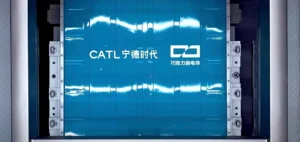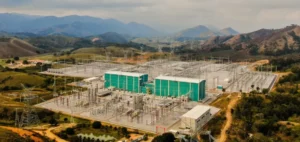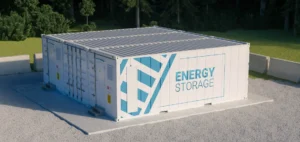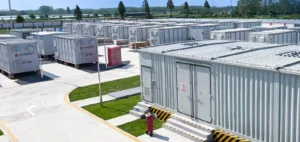The recovery of graphite from electric car batteries is a major challenge for the industry. Anna Vanderbruggen, a French researcher, has developed a method to recover this component in a cost-effective way. The growing demand for electric car batteries, which contain rare and expensive materials, makes recycling a must in the coming years. However, efforts to recycle these end-of-life batteries are still in the pilot phase, although there is increasing pressure from theEuropean Union to do so.
Vanderbruggen’s method for recovering graphite
Anna Vanderbruggen works at the prestigious German research institute Helmholt in Freiberg. The researcher has developed a method to separate graphite from the metals contained in the “black mass”. This black powder, composed of cobalt, nickel, lithium and manganese, comes from the recycling of batteries. The researcher explains that the method involves placing the “black mass” in water and injecting reagents and air bubbles into it. The graphite then attaches to the bubbles, while the metals remain in the water. This method is a significant advance in battery recycling, as graphite is a material that has been difficult to recover until now.
The market in construction for the recycling of electric car batteries
With the growing demand for electric cars, the recycling of end-of-life batteries is becoming an increasingly important issue. Batteries contain rare and expensive materials, which could be recovered and reused for new batteries. Graphite is one of these key components, accounting for up to a quarter of the weight of batteries. Despite this, little attention had been paid to the recovery of graphite until Anna Vanderbruggen developed a method to recover this material in a cost-effective manner.
Tensions over the supply and cost of raw materials have sharpened the interest of manufacturers in battery recycling. The price of lithium, for example, has increased 13-fold over the past five years. Experts believe that manufacturers are now able to recycle almost all the materials that make up batteries. Aurubis, Eramet, Umicore and Mercedes are all working on recycling projects in the pilot phase. However, most of the current projects are still in the testing phase.
European pressure for the recycling of electric car batteries
The European Union has taken steps to encourage manufacturers to recycle batteries. An agreement reached in December 2022 stipulates that electric vehicle batteries must incorporate 16% recycled cobalt and 6% recycled lithium and nickel from 2031. In addition, manufacturers will have to recycle at least 70% of the weight of the batteries before this date. Anna Vanderbruggen points out that if manufacturers recover new components such as graphite, they will be able to meet these requirements.
Challenges to battery recycling
The market for electric car batteries is growing, but there are not enough volumes of end-of-life batteries at the moment. According to Serge Pelissier, director of research at the Gustave Eiffel University in Lyon, the batteries can last at least 7 to 8 years. In addition, the different models of automotive batteries make it difficult to set up a standardized recycling system. According to Alex Keynes of the NGO Transport & Environment, it will be the early 2030s before the market is mature enough to allow for effective battery recycling in Europe.
Northvolt-Hydro, a Swedish and Norwegian joint venture, is positioning itself as a pioneer in this niche, aiming to recover the equivalent of 500,000 batteries by 2030. The European Union supports this endeavor by putting pressure on the market players. In fact, it reached an agreement in December 2022 according to which electric vehicle batteries will have to incorporate 16% recycled cobalt and 6% recycled lithium and nickel from 2031. Manufacturers will also have to recycle at least 70% of the weight of batteries before 2031.
Important environmental and economic issues
Recycling batteries is a major environmental issue, as it avoids the pollution caused by landfilling or incinerating used batteries. It is also an economic issue, as the market for used batteries is growing rapidly and represents an opportunity for companies to recover valuable materials such as cobalt, lithium, nickel and graphite. The stakes are therefore twofold: it is a question of both preserving the environment and developing a circular economy around electric batteries.

